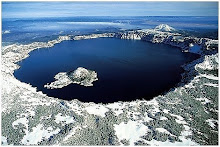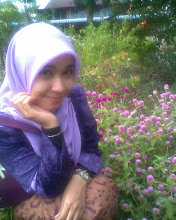Sustainable development has been defined as balancing the fulfillment of human needs with the protection of the natural environment so that these needs can be met not only in the present, but in the indefinite future. The term was used by the Brundtland Commission which coined what has become the most often-quoted definition of sustainable development as development that "meets the needs of the present without compromising the ability of future generations to meet their own needs."
The field of sustainable development can be conceptually divided into four general dimensions: social, economic, environmental and institutional. The first three dimensions address key principles of sustainability, while the final dimension addresses key institutional policy and capacity issues.
Scheme of sustainable development: at the confluence of three preoccupations
THE PRINCIPLES OF SUSTAINABLE DEVELOPMENT
"Sustainable development is development that meets the needs of the present without compromising the ability of future generations to meet their own needs… As such it requires the promotion of values that encourage consumption standards that are within the bounds of the ecologically possible and to which all could reasonably aspire."
(Our Common Future, WCED, 1987)
In the late 1980's the concept "sustainable development" was introduced into the environmental debate as an expression of the interdependence between the three systems identified as basic to development: the economic system, the social system, and the biophysical system.
This interdependence is illustrated by figure1. The economy exists entirely within society, because all parts of the human economy require interaction among people. Society in turn, exists entirely within the biophysical system. Although human activity is re-shaping the environment at an ever-increasing rate, society and its economic systems can never exist independent of the biophysical environment.
The most common way of illustrating sustainable development is the "three spheres/pillars" diagram (figure 2). True sustainable development is then development that meets the "triple bottom line" where all three systems interact on an equal basis. This model can be useful in showing where the interrelationships exist; for example, the interrelated activities that lie within the biophysical and socio-economic domains.
Figure 1: The interdependence model
Figure 2: The spheres of sustainable development
To achieve a harmonious relationship between these "spheres" of development certain principles have to be followed within each sphere. A set of universal principles has been identified through international consensus. To this principles specific to the development priorities of South Africa and those of the Southern African Development Community have been added.


.jpg)





+Lake+Baikal.jpg)
+Lake+Malawi.jpg)
+San+Martin+Lake.jpg)
+Crater+Lake.jpg)











No comments:
Post a Comment